This post aims to serve as a basic overview of CPA marketing, covering its essential elements, workings, and benefits for marketers, publishers, and advertisers. You’ll have a firm grasp on CPA marketing by the end of this article and be more prepared to use it in your digital marketing campaigns. Now, let’s go out on this adventure to clarify the realm of CPA marketing and uncover its possibilities for individuals seeking to succeed in the Internet marketing arena.
Definition of CPA Marketing
The phrase “CPA marketing,” which stands for “cost-per-action marketing,” has become increasingly popular in the constantly changing field of digital marketing. Understanding CPA marketing is an essential first step for novices attempting to master the complexities of online advertising.
We will dissect the complexities of CPA marketing in this post, explaining what it is and how it works. First, we’ll go over the basic ideas, the main players, and the methodical approach to running CPA marketing campaigns. After reading this article, you’ll have a firm understanding of CPA marketing and the skills necessary to use it wisely in all of your digital marketing initiatives. Together, we will explore the possibilities that CPA marketing presents to publishers, advertisers, and novices in the field of Internet marketing.
Importance of Understanding CPA Marketing
Cost per action, or CPA for short, is an advertising model that goes beyond just paying for impressions or ad placement to target specific user activities like clicks, form submissions, or sales. This performance-based marketing approach has become popular due to its efficiency and quantifiable outcomes.
The Basics of CPA Marketing
Explaining the Acronym: Cost Per Action
In order to fully understand CPA marketing, one must first understand the essential idea contained in its acronym: “cost per action.” Unlike traditional advertising, which bases payment on ad impressions or clicks, this approach requires marketers to pay only when a user takes a specific action. The “action” might take many different forms; it could be as easy as clicking on an advertisement or as complicated as installing an app, making a purchase, or subscribing to a newsletter. This special feature of CPA marketing encourages the creation of worthwhile user actions, thereby balancing the interests of publishers and advertisers.
Comparison to Other Online Marketing Models (CPC, CPM)
It’s critical to distinguish CPA marketing from other widely used online advertising methods, such as CPM and Cost Per Click (CPC). With CPC, marketers are charged for each click on their advertisement, whether or not that click results in a conversion. Advertisers that employ CPM must pay for every thousand ad impressions, regardless of what the user does. However, because CPA is performance-driven and only pays when a desired action is completed, it is an especially alluring option for advertisers. Because the incentives are in line, it is easier to concentrate on outcomes and return on investment, which makes CPA marketing a successful strategy in the field of digital marketing.
The Role of CPA Networks
CPA networks serve as middlemen between publishers and advertisers, enabling CPA marketing. These networks give publications the option to select which offers to promote and advertisers the ability to list their offers. Furthermore, CPA networks include tools for tracking and reporting, guaranteeing accountability and transparency throughout the process. The implementation of CPA marketing campaigns is streamlined by this network-driven strategy, which is available to publishers and advertisers alike.
CPA offerings Key Participants
Advertisers
Campaigns for CPA marketing are fueled by advertisers. These are the companies or groups looking to advertise their goods, services, or deals. The targeted activities, like completing a form, making a purchase, or subscribing to a service, are specified by advertisers when creating CPA offers. Advertisers are the ones who pay the CPA network when their actions are done, and they also set the parameters for what makes an action successful.
Publishers
Publishers are people or organizations that market advertisers’ CPA offers on their blogs, websites, email newsletters, and social media accounts. They act as the go-betweens, bridging the gap between the intended audience and the advertising. When publishers lead the targeted actions mentioned in the CPA offer, they get paid a commission. Their job is to drive traffic and interact with consumers in a way that motivates them to do the tasks at hand so they may get paid for their work.
CPA Networks
Advertisers and publications are connected through CPA networks. These networks offer a centralized platform where publishers select which offers to promote and advertisers list their offers. CPA networks provide a number of services, such as reporting and tracking tools, and they frequently serve as the middleman in payments, making sure publishers get paid for successful actions. They are essential to preserving the ecosystem of CPA marketing’s transparency and integrity.
Affiliates
A subset of publishers with a strong emphasis on marketing CPA offers are called affiliates. They might be either private individuals or companies that specialize in CPA marketing, and they frequently push a portfolio of offerings. Affiliates might use pay-per-click (PPC) advertising, content marketing, social media promotion, search engine optimization (SEO), and other marketing techniques to increase traffic. Their specialty is maximizing profits through effective action by refining their promotional techniques.
Types of CPA Offers
Email Submits
Email submit offers, often known as lead generation offers, concentrate on obtaining user contact details, usually the user’s email address. By using these deals, advertisers can increase the size of their email subscriber lists, which they can then utilize for direct marketing campaigns and other interactions with prospective clients.
Lead Generation
Lead generation offers involve gathering more information about a possible consumer, such as name, phone number, or demographics, in addition to email collection. Businesses looking to connect directly with prospects and turn them into customers will find great value in these leads.
Sales
One of the most popular forms of CPA marketing is sales offers. Advertisers in these campaigns receive a commission when a user they refer completes a transaction. In e-commerce, this kind of offer is commonplace. Affiliates that drive product sales earn a portion of the proceeds.
App Installs
The mobile app market is full of offers for app installs. Affiliates receive payment from advertisers for each successful mobile application installation. This is an effective method for increasing the number of users on an app, and it’s frequently applied to utility apps, mobile games, and other apps.
Other Actions
In addition to the activities listed above, CPA marketing can also involve a variety of other actions, such as completing forms, registering for trials, purchasing services, or downloading software. Advertisers can customize their campaigns to meet their unique goals thanks to the range of activities available.
How CPA Marketing Works
Selecting a CPA Offer
Choosing the appropriate CPA offer is the first step in the CPA marketing process. A few important considerations that affect this choice include your niche, target market, and marketing tactics. On CPA networks, advertisers display their offers, and publishers (affiliates) peruse and select the offers that suit their audience’s interests and their areas of expertise. To increase the chance of conversions, you must choose offers that appeal to your audience.
Becoming a Publisher
In the realm of CPA marketing, you’ll require a platform to advertise the selected CPA offerings if you want to become a publisher. A website, blog, social media account, or email newsletter can all serve as this platform. In order to reach and interact with their intended audience, publishers need to have an online presence. Next, in order to become a publisher and gain access to the offers of their choice, they apply to the CPA network.
Promoting CPA Offers
Pay-per-click (PPC) advertising, social media marketing, content marketing, and search engine optimization (SEO) are some of the marketing strategies used to promote CPA deals. Publishers employ these strategies to draw consumers to their platform and persuade them to do the tasks listed in the CPA offers. The advertisement must be strong and convincing, emphasizing the advantages and rewards that persuade viewers to convert.
Tracking and Optimization
An essential component of CPA marketing is tracking. CPA networks offer tracking tools to affiliates so they can keep an eye on the effectiveness of their campaigns. Metrics like click-through rates, conversion rates, and ROI (return on investment) can be monitored by them. Affiliates can determine what is effective and what requires improvement by examining this data. Optimizing a campaign continuously is essential to maximize its performance and profitability. Examples of this include modifying landing pages, targeting, and ad creatives.
Benefits of CPA Marketing
There are clear benefits to CPA marketing for publishers and marketers alike. Because they only pay when a desired action is accomplished, advertisers can be assured of a transparent and quantifiable return on investment, which contributes to the model’s minimal risk. Publishers can make significant money with CPA marketing without having to develop and oversee goods or services.
It increases revenue potential by enabling scalability and diversification into different niches. Furthermore, CPA marketing frequently provides the audience with more tailored and relevant advertising, which enhances the user experience. Because of these advantages, CPA marketing is a desirable option for both novice and seasoned marketers. This creates a win-win situation for publishers, advertisers, and audiences.
Challenges in CPA Marketing
Even though CPA marketing has many benefits, it also has drawbacks. One constant is the fierce rivalry among affiliates as they compete for the same deals, which can result in bidding wars and higher prices. It’s important to strike a balance between traffic volume and quality; a large number of indifferent visitors doesn’t always result in more conversions. Advertising regulations must be followed to the letter; breaking the rules might result in fines or suspensions. Moreover, the dynamic digital environment demands constant learning and adjustment. An effective strategy that is compliant, adaptable, and strategic is necessary for CPA marketing success.
Getting Started with CPA Marketing
Niche Selection: Choose a specialty first that fits your audience, expertise, and areas of interest. It is simpler to choose pertinent CPA offers and produce interesting content that appeals to your target audience when you have a well-chosen niche.
Building a Website or Landing Page: You’ll need a platform in order to effectively promote CPA deals. This could be an email list, blog, social media profile, or website. Build or enhance your platform to highlight your selected niche and draw in your intended audience.
Driving Traffic: Traffic is the lifeblood of CPA marketing. There are other ways to promote your platform and increase visitors, such as through email marketing, social media marketing, SEO, paid advertising, and content marketing. Select tactics that make sense for your audience and niche.
Tracking and Analyzing Results: Monitoring is necessary to assess how well your CPA marketing initiatives are performing. Use the tracking tools that CPA networks offer to keep an eye on important performance indicators such as ROI, click-through rates, and conversion rates. Examine the data frequently to find out what’s working and where you might make improvements.
Tips for Success in CPA Marketing
A combination of planning, perseverance, and flexibility is essential for success in CPA marketing. To help newbies get the most out of their CPA marketing efforts, consider the following helpful advice:
- Choosing the Right Offers: Make sure the CPA you choose fits your target market and niche. Take into account the offer’s competitiveness, payout rates, and conversion possibilities. Selecting offerings that actually appeal to your audience raises the likelihood that you will succeed.
- Building and Engaging Your Audience: Take the time to cultivate a devoted and active following on social media, email marketing, and the creation of excellent content. Your CPA offerings will have a higher chance of eliciting the intended behaviors from an attentive audience.
- Effective Traffic Generation: Try out different approaches to generating visitors, including pay-per-click (PPC) advertising, social media marketing, and search engine optimization (SEO). To find the tactics that are most effective for your audience and specialty, test and improve them.
- Split Testing and Optimization: Test and improve your CPA campaigns on a regular basis. To improve landing pages, ad creatives, and other campaign components, run A/B split tests. Your overall performance and conversion rates will improve with this iterative strategy.
Your chances of success and profitability in this exciting and fulfilling sector can be raised by heeding their advice and continuously improving your CPA marketing techniques. It takes time, effort, and constant learning to succeed in CPA marketing, but for those who stick with it, the rewards may be quite satisfying.
Conclusion
In summary, cost per action, or CPA, marketing offers a flexible and results-oriented strategy that is becoming more and more significant in the world of digital marketing. This article has given a thorough introduction to CPA marketing, covering everything from its underlying ideas and important players to the advantages it presents for publishers and advertisers. The field of CPA marketing has many benefits, but it also has drawbacks, such as fierce competition and the requirement to follow advertising regulations. All the same, CPA marketing offers a simple and potentially profitable entry point for those just starting out in the realm of Internet advertising. Beginners can explore new avenues in their digital marketing endeavors and fully utilize the potential of CPA marketing by grasping the fundamentals, choosing the best offers, and utilizing potent marketing techniques. Although CPA marketing success involves constant learning, flexibility, and smart thinking, the benefits are well worth the work.
[FAQ]
Is CPA marketing suitable for beginners?
Yes, CPA marketing can be a good starting point for beginners in digital marketing. It doesn’t require a significant upfront investment, and there are numerous CPA networks and offers to choose from. However, it’s essential to learn the basics and understand your target audience.
How can I get started with CPA marketing as a beginner?
To get started with CPA marketing: Choose a niche or industry you’re interested in.
Join a reputable CPA network.
Select CPA offers that align with your niche.
Create a website or use other marketing channels.
Drive targeted traffic to your offers.
Optimize your campaigns for better results.
What is the difference between CPA and affiliate marketing?
While both CPA and affiliate marketing involve earning commissions for promoting products or services, the key difference lies in the action required. In CPA marketing, you earn a commission for a specific action, such as a sale or lead, while in traditional affiliate marketing, you earn a commission for a sale made through your affiliate link.

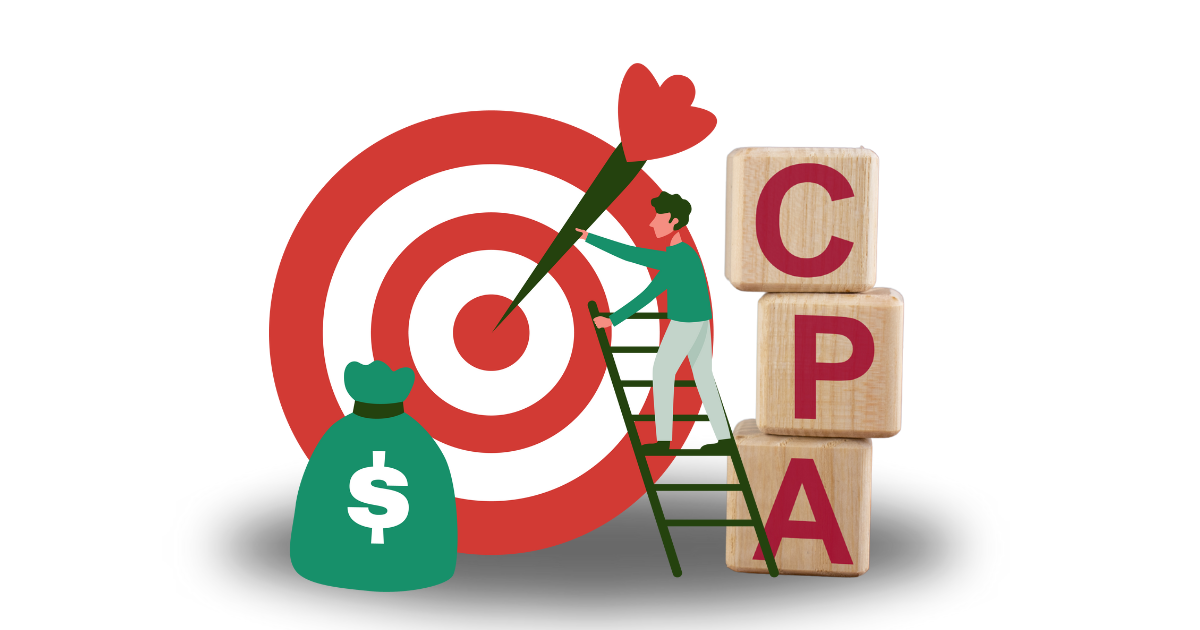

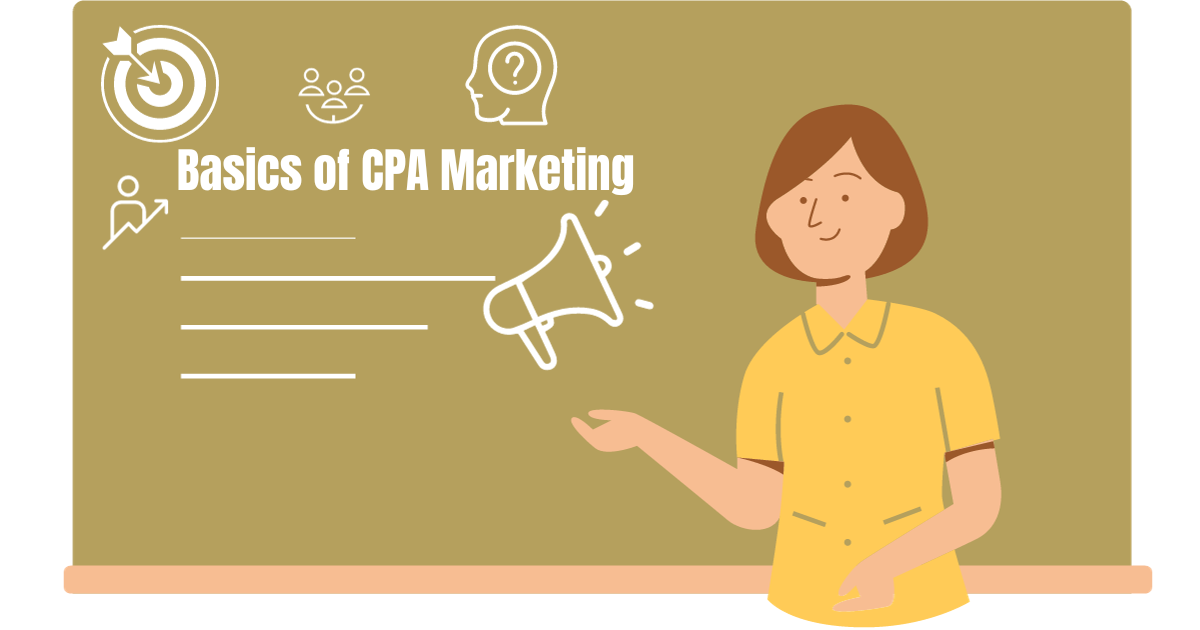


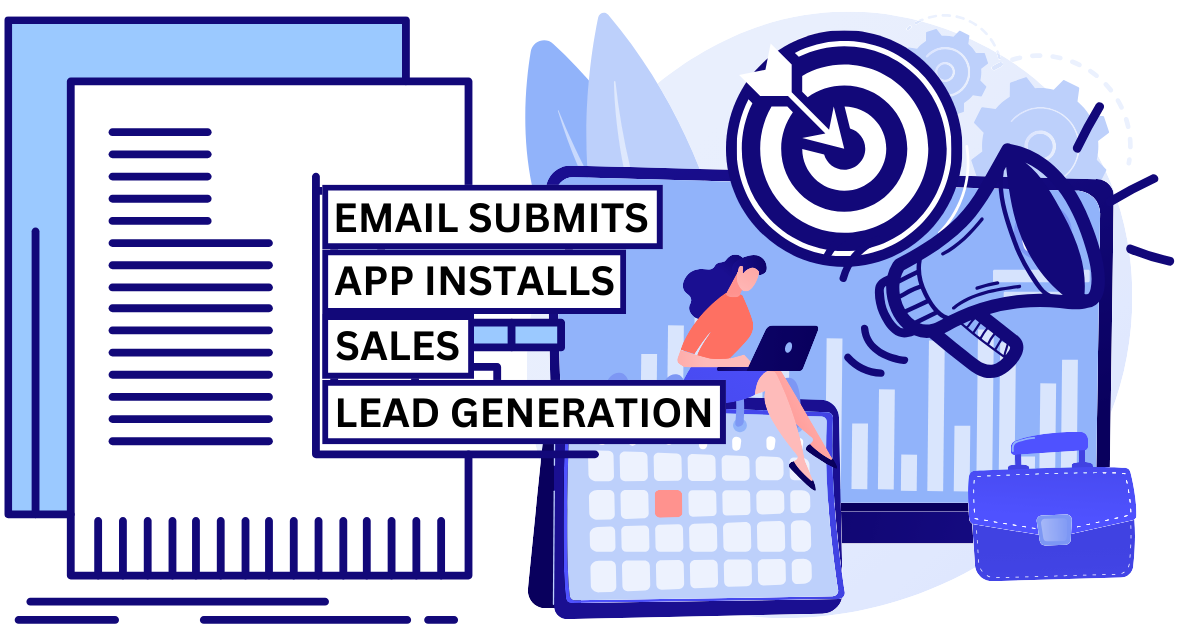
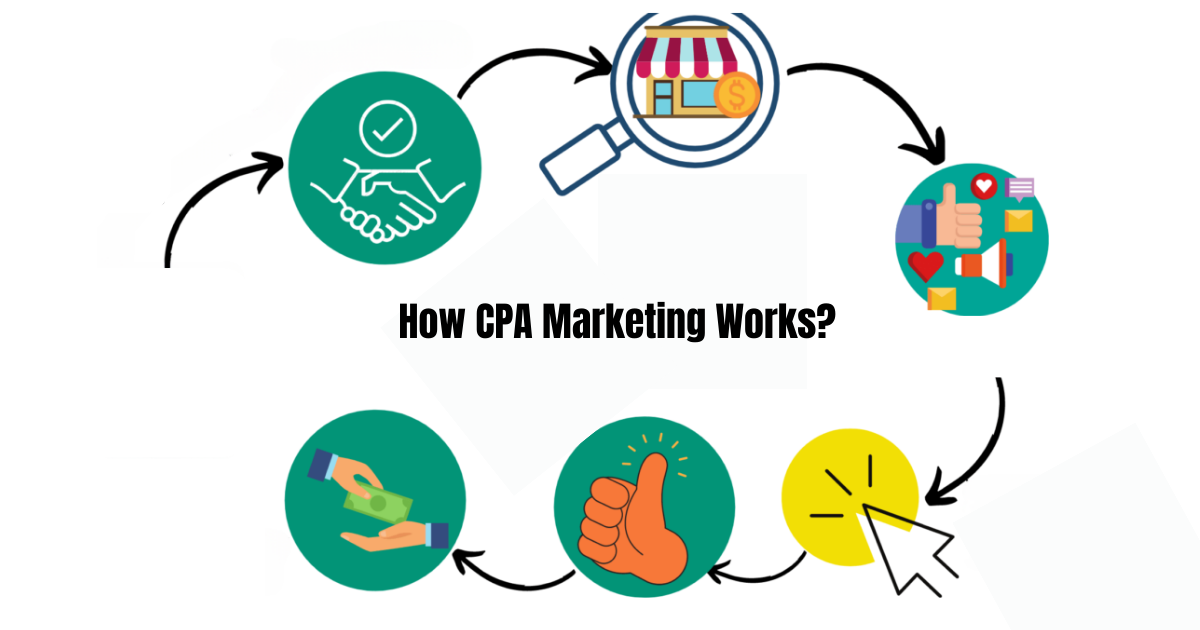

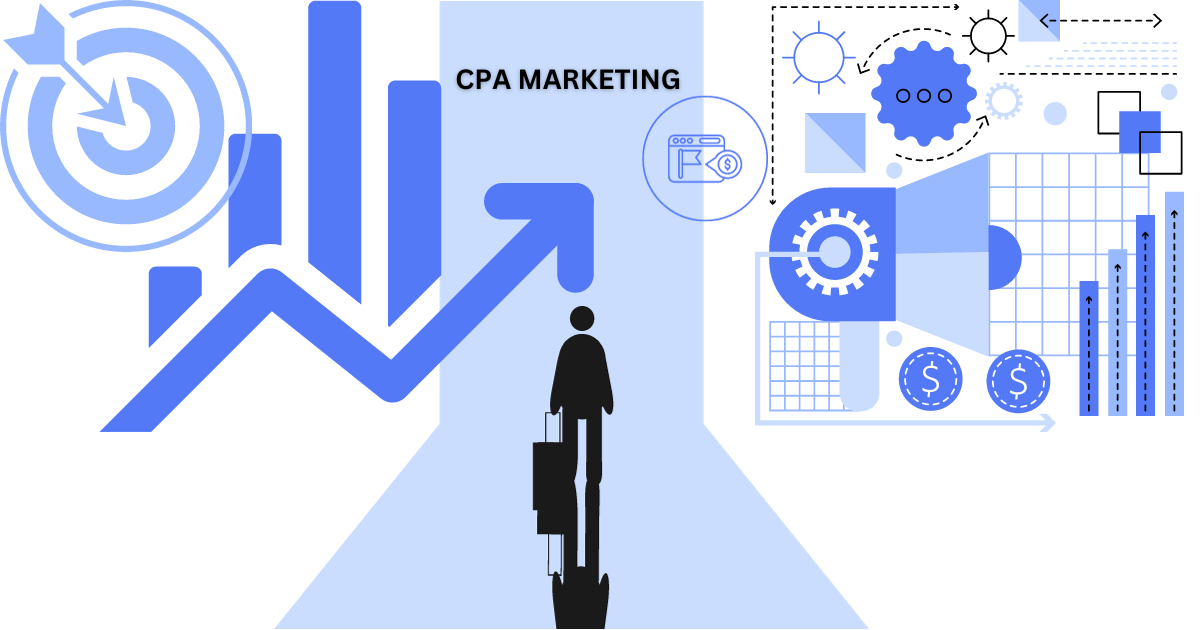



Thanks for your blog, nice to read. Do not stop.
Mark
thank you…😊